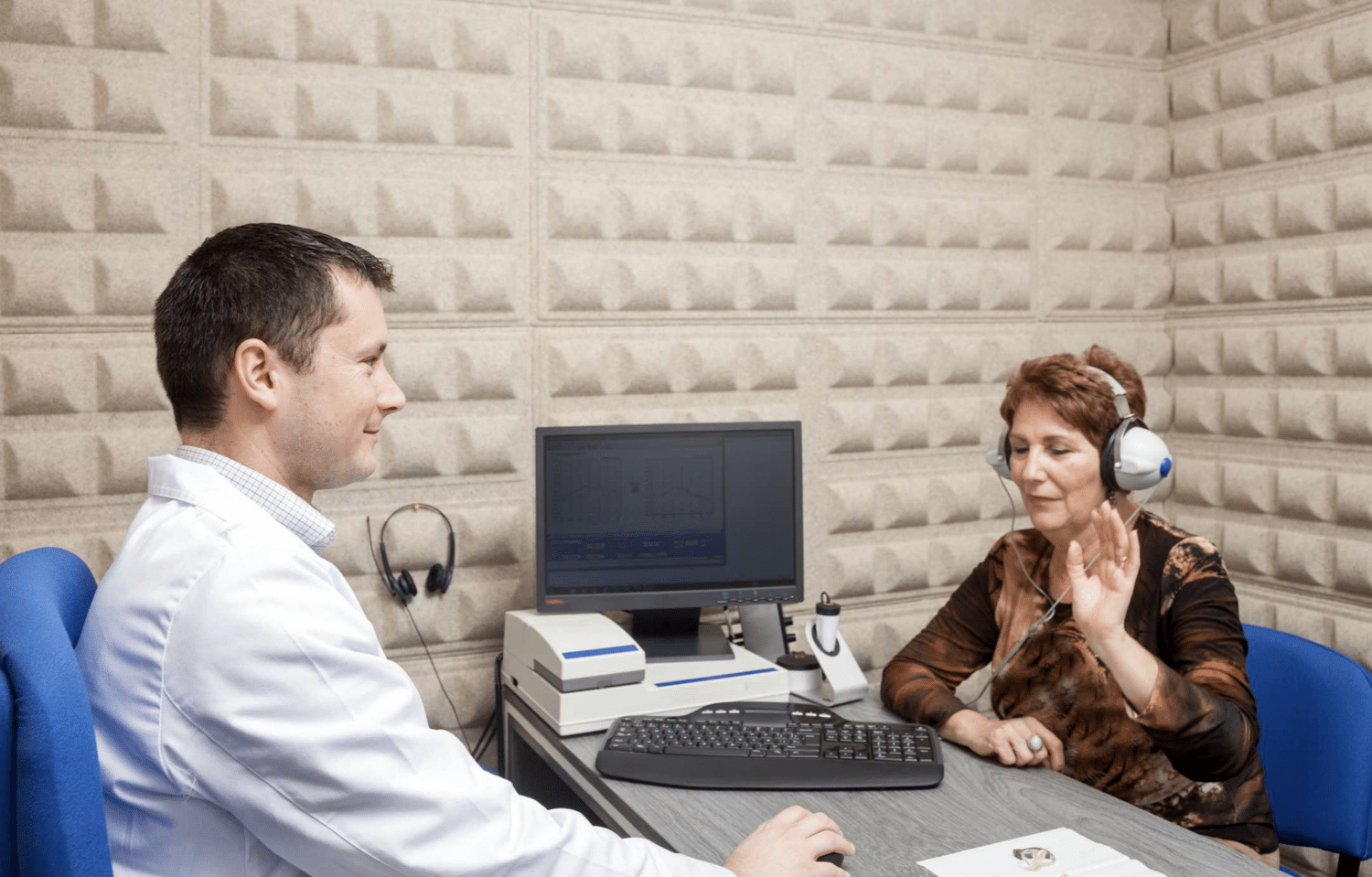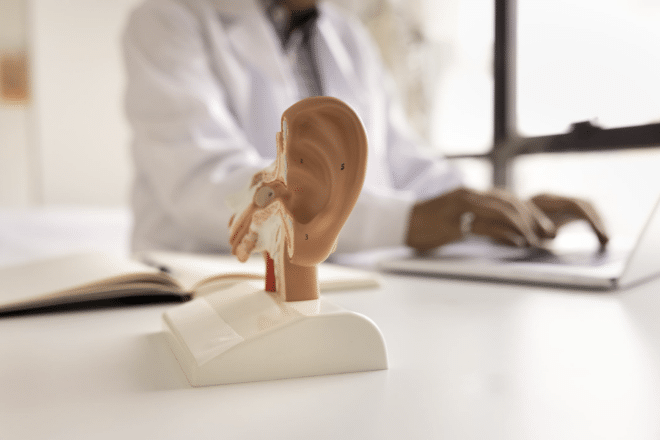How Does an Audiologist Conduct a Hearing Test?
Hearing loss statistics worldwide are astounding – over 5% of the global population, totaling 466 million individuals, has disabling hearing loss. As our understanding of health continues to grow, the importance of including regular hearing tests in our checkup routine cannot be overstated. For those who have never had a hearing test, the process may seem shrouded in mystery and a bit of trepidation. This article aims to shed light on what exactly happens during a hearing test conducted by skilled professionals known as audiologists.
The Various Types of Hearing Tests
Audiologists use various types of hearing tests to assess different aspects of an individual’s hearing capabilities. Here’s a breakdown of some of the most common tests:
- Pure-Tone Audiometry – Most people associate a hearing test with listening to sounds of different frequencies and volumes. You’ll wear headphones and signal when you hear the tones to determine the softest sounds heard at various pitches.
- Bond Conduction Testing – Bone conduction testing is another essential hearing test. This test checks your ability to hear sounds transmitted through vibrations in the bones of your head. It’s a safe and simple way to figure out if there’s an issue with the middle or outer ear.
- Speech Audiometry – While pure-tone audiometry focuses on sound levels and frequencies, speech testing evaluates how well you can recognize, understand, and repeat spoken words and sentences.
- Tympanometry – This test checks the health and functionality of the middle ear by changing the air pressure inside the ear canal. It can indicate issues like fluid in the middle ear or eardrum perforations.
- Otoacoustic Emissions (OAE) Testing – OAE testing measures the sounds the ear produces in response to a stimulus. The absence or weakness of these ‘echoes’ can indicate a problem, particularly in the functioning of the outer hair cells in the cochlea.
- Auditory Brainstem Response (ABR) Testing – ABR assesses the auditory nerve and brain’s response to sound. Electrodes are placed on your scalp, and you will listen to a series of clicking sounds. The audiologist can determine hearing ability by measuring the brainwave activity in response. This test is often used for newborn screenings and diagnosing hearing loss in difficult-to-test patients.
The Hearing Test Process Step-By-Step
Curious about what to expect when you come in for a hearing test? Let’s peel back the curtain on what you can expect. It’s a simple, pain-free process, and by understanding each step, you’ll walk in feeling informed and at ease. From the initial greeting to the final results, we’ll guide you through the process in a way that’s clear, comfortable, and free of medical jargon.
Step 1: Pre-Test Consultation & Medical History Review
Before any tests begin, a critical step is the initial evaluation. In this stage, an audiologist will have a detailed conversation with you about your auditory health history and any concerns you may currently be experiencing. This includes discussing symptoms, exposure to loud noises, relevant medical history, and any family history of hearing loss. This information creates a foundation for personalized care and helps tailor the subsequent evaluation steps to your needs. You can also share any lifestyle factors that might affect your hearing.
Step 2: Examination of the Outer Ear
The audiologist will conduct a physical ear examination and check for any abnormalities that could impact your hearing. They’ll inspect the inner ear with an otoscope, a device designed for viewing the ear canal and eardrum. This exam can reveal common issues such as earwax buildup, infection, and structural damage that might contribute to hearing loss or discomfort.
Step 3: Audiometry
In the pure-tone audiometry test, you’ll listen to beeps at different pitches and volumes through headphones and signal when you can hear them. The audiologist will plot your responses on an audiogram, which provides a visual representation of your hearing ability.
Step 4: Bone Conduction
During a bone conduction test, the audiologist places a special device behind your ear that sends tiny vibrations through the bone directly to your inner ear, bypassing the outer and middle ear. You’ll indicate when you can hear the tone and repeat the process at different frequencies. The results are then documented to help the audiologist understand the function of your inner ear and auditory pathways to the brain.
Step 5: Speech Testing
In speech testing, your ability to hear and understand words is measured. You’ll listen to spoken words at different volumes and try to repeat them. This helps determine how well you can hear conversations in real-life settings.
Additional Tests If Necessary
If the initial tests suggest more to assess, tympanometry, OAE, and ABR testing may be needed to gain a complete picture of your hearing health. Your audiologist decides this based on previous test results and your hearing history. These additional evaluations ensure that you receive a comprehensive assessment and the most effective treatment plan.
Interpreting Your Results & The Treatment Path Ahead
Once the hearing assessment is complete, the audiologist will explain the outcomes to you and provide insights into your auditory health using understandable terms, usually within the same day. They’ll also present an audiogram detailing your hearing ability across various frequencies and intensities. It classifies the degree and type of hearing loss.
The audiologist will discuss potential treatment options, from selecting the right hearing aid to discussing strategies for managing hearing loss within your lifestyle and everyday environment.
Hearing Health Connection – Your Ally Against Hearing Loss
With this information, you’re better equipped to approach your next hearing test with confidence and understanding. If you’re overdue for an evaluation, taking the time for a comprehensive assessment from a hearing healthcare provider can yield invaluable results in your auditory health and overall wellness.
Our certified audiologists at Hearing Health Connection are at the forefront of the battle against hearing loss. Schedule a hearing test at one of our many hearing care centers in Pennsylvania, where you’ll meet with a compassionate team proficient in identifying, treating, and empowering individuals to manage patients’ hearing health. Take your first step towards better hearing – because better hearing is better living.



